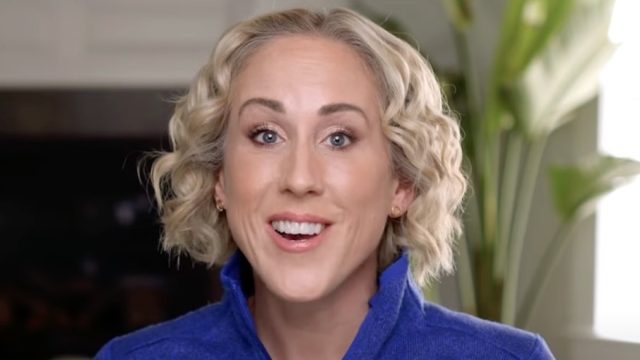9 Reasons Why Aren't You Losing Weight on Ozempic, According to Doctor
Are you on Ozempic or another semaglutide but don't feel like you are losing weight? There are a number of reasons the scale might not be budging, according to one expert. Dr. Jessie Watkins of Watkins Metabolic Clinic is a Canada-based weight loss specialist. In a recent viral video, she answers a question that she frequently asks her patients: Why aren't I losing weight on Ozempic?
Ozempic Vs. Wegovy
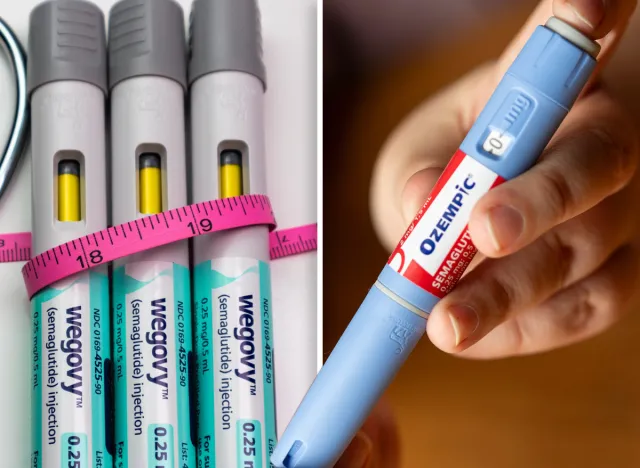
Dr. Watkins explains that Ozempic is a brand name for semaglutide, which is marketed at one milligrams a week for diabetes, while Wegovy is marketed at 2.4 milligrams a week for weight loss. "But regardless of what medication you're on for weight loss, it's important to remember that different medications work differently to help you lose weight. So, one medication may or may not be a great fit for you, and another may be very beneficial. So it's important to have a comprehensive discussion with your physician before choosing the best medication for you," she says.
You Started Off on a Low Dose
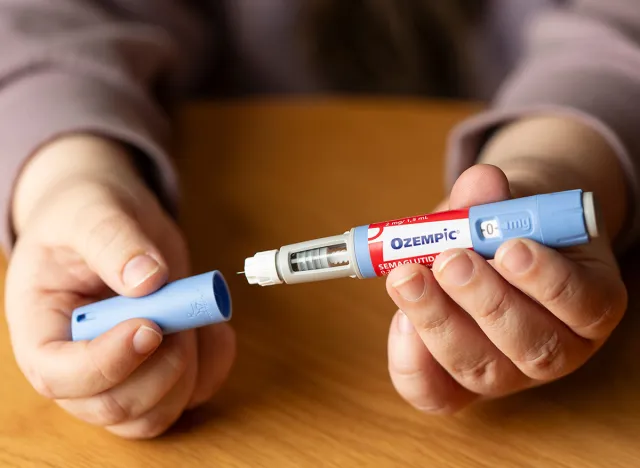
"Regardless of whichever medication you're on, all of them start at a really low dose and go up slowly, and it's very common to not lose weight or even see the scale budge at those early low introductory doses," she says. She explains that the purpose of low doses "is to help your body get used to the medication and reduce side effects as opposed to seeing weight loss right off the bat."
You Are Only Losing One to Two Pounds Per Week
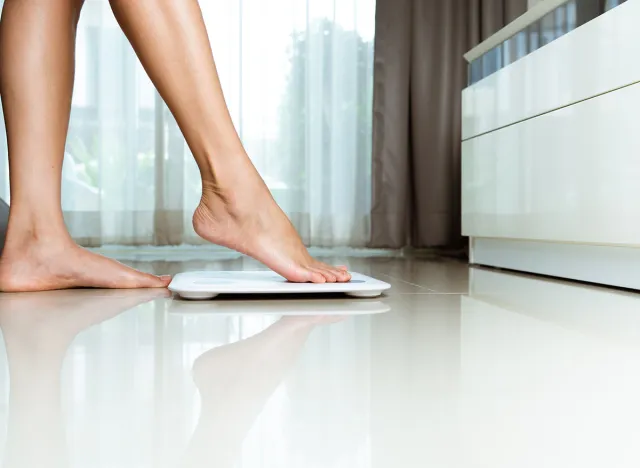
The first reason why you might not think the drug is working is if you expect to lose weight miraculously fast. "The other frustrating thing that can happen is social media is full of claims of rapid, significant weight loss with Ozempic when really it's more realistic to see about one or two pounds a week of weight loss," she says.
IYou Are Experiencing Bloating and Constipation
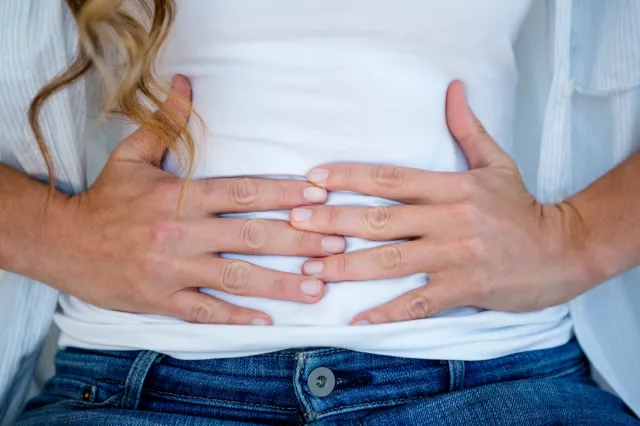
Another reason why you might be thinking you aren't losing weight? "When you're first starting a medication, it's very common to feel bloated and constipated, so you may actually be losing weight and burning fat, but the number on the scale may not budge," she says. "And it can also be frustrating that in the past, when you've gone on a really restrictive diet, you might have lost weight faster."
You Have to Prioritize Long-Term Sustainability
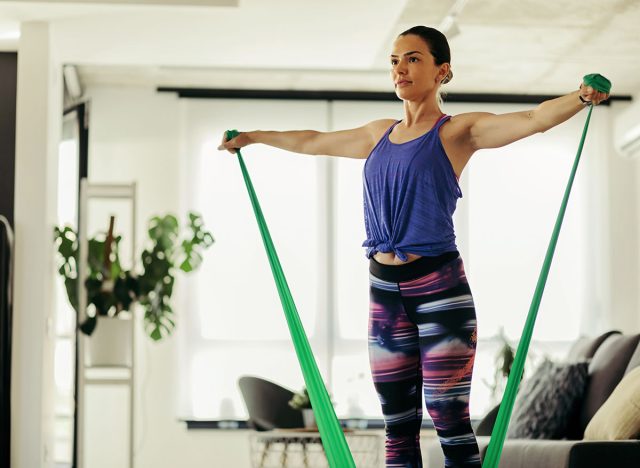
"The key and the goal with this medication is long-term sustainable weight loss maintenance as opposed to a dramatic weight loss over a few months," she says. "That's really hard to maintain on a super restrictive fad diet. It's also important to make sure that you're not burning muscle instead of fat tissue. So you wanna make sure to keep your protein intake high and to incorporate resistance training into your exercise routine."
RELATED: Top 14 Superfoods You Should Eat Every Day to Sleep Better
You Plateau
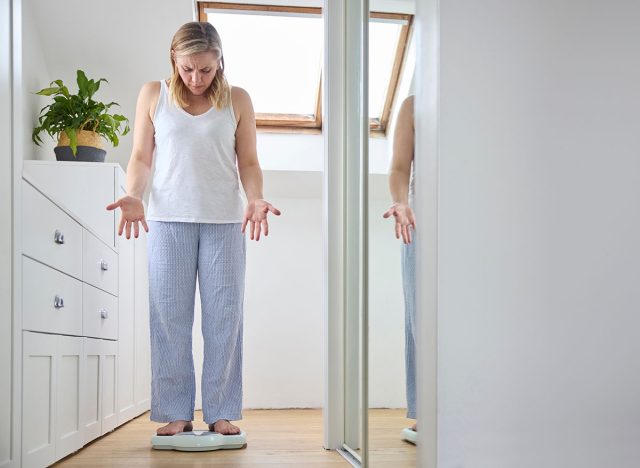
Another reason you might not think the drug is working? You plateau. "Also, remember that your weight loss will plateau eventually. You're not gonna lose weight forever on semaglutide because it would be unsafe to do so. And again, the frustrating piece here is that we can't predict where each person will plateau eventually. So it's really individualized based on the patient," she says.
You Haven't Reduced Your Caloric Intake

"Now, the most important take-home reason why you might not be losing weight on semaglutide is if you haven't reduced your calorie intake. In order for this medication to help you lose weight, you have to be in a calorie deficit. And so if you're eating exactly the same number of calories you ate before starting the medication and you're hoping to lose weight, you're simply not going to see that change."
RELATED: 19 Bad Habits I Gave Up to Lose 100 Pounds
You Are Too Stressed

Other factors that can also impact or sabotage your weight loss attempt? "Chronic stress," says Dr. Watkins.
You Are On Other Medications That Cause Weight Gain
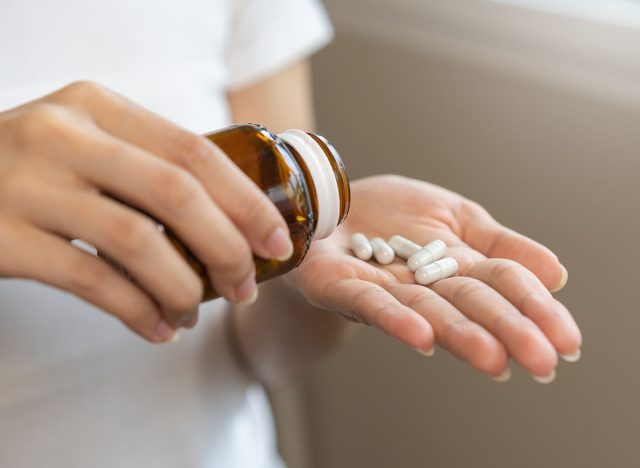
Another reason why you might not be losing weight while on Ozempic? You might be taking other medications that actually cause weight gain, says Watkin.
RELATED: 20 Foods for Burning Fat That Experts Swear By
Poor Sleep

Sleep also impacts weight loss, says Dr. Watkins. According to the Sleep Foundation, getting enough z's is a mood booster, promotes heart health, regulates blood sugar, improves mental function, restores your immune system, helps relieve stress, and aids in weight loss. And if you enjoyed this article, don't miss 20 Incredible Ozempic Success Stories of All Time.
